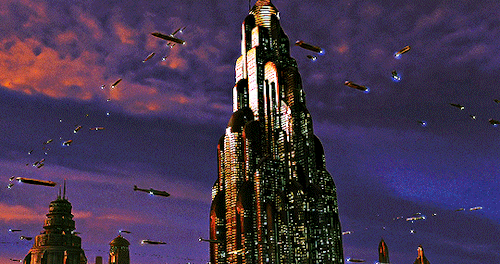The Night Time Sky
This post is a secret to everyone! Read more about RSS Club.
When I was a kid, my Dad used to take us outside to look for what he called “UFOs”. It’d take a moment, but after enough searching we’d eventually spot one.
One night, all of us kids were outside with our uncle. We saw a star-like light moving in a slow, linear fashion across the night sky. One of us said, “Look, a UFO!” My uncle, a bit confused, said “That’s not a UFO, that’s a satellite.”
Dad, you sneaky customer.
Fast forward to 2024. I was recently in the mountains in Colorado where the night sky was crisp and clear. I squinted and started looking for “UFOs”.
They were everywhere!
It seemed as though any patch of sky I looked at, I could spot four to six satellites whose paths were cross-crossing at any given moment. It made me think of Coruscant from Star Wars.

It also reminded me of those times as a kid, scouring the night sky for “UFOs”. Spotting a satellite wasn’t easy. We had to look and look for a good chunk of time before anyone would get a lock on one traversing the sky.
But that night in Colorado I didn’t have to work at all. Point my eyes at any spot in the sky and I’d see not just one but many.
Knowing vaguely about the phenomenon of night sky and space pollution, I came in and looked up how many satellites are up there now-a-days vs. when I was a kid.
I found this site showing trends in satellite launch and use by Akhil Rao, which links to data from The Union of Concerned Scientists. Turns out we’ve ~10x’d the number of satellites in the sky over the last ~30 years!
That’s a long way of saying: I’ve heard about this phenomenon of sky pollution and space junk and the like, but it became much more real to me that night in Colorado.